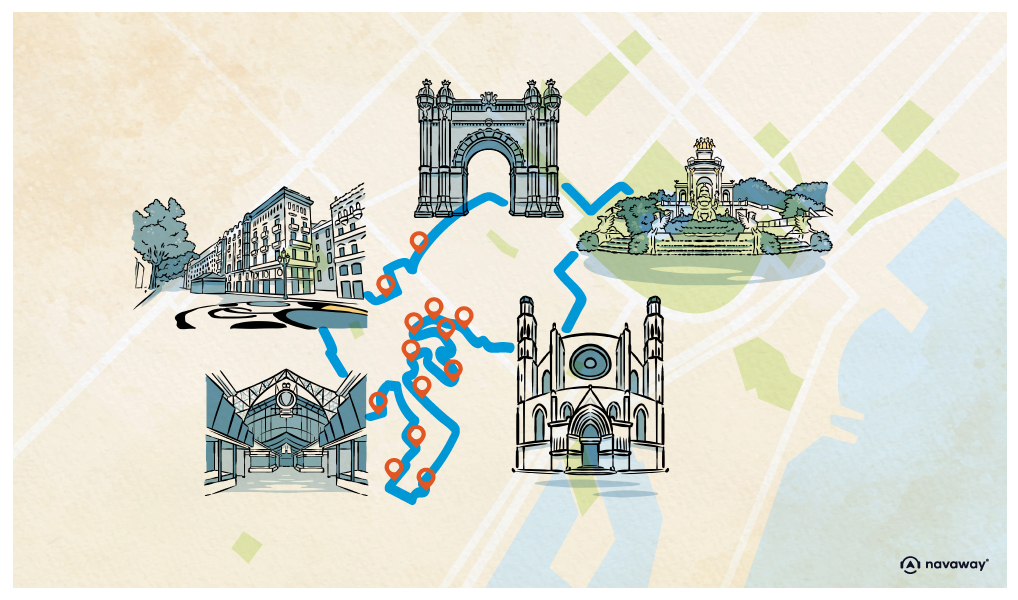
The Gothic Quarter
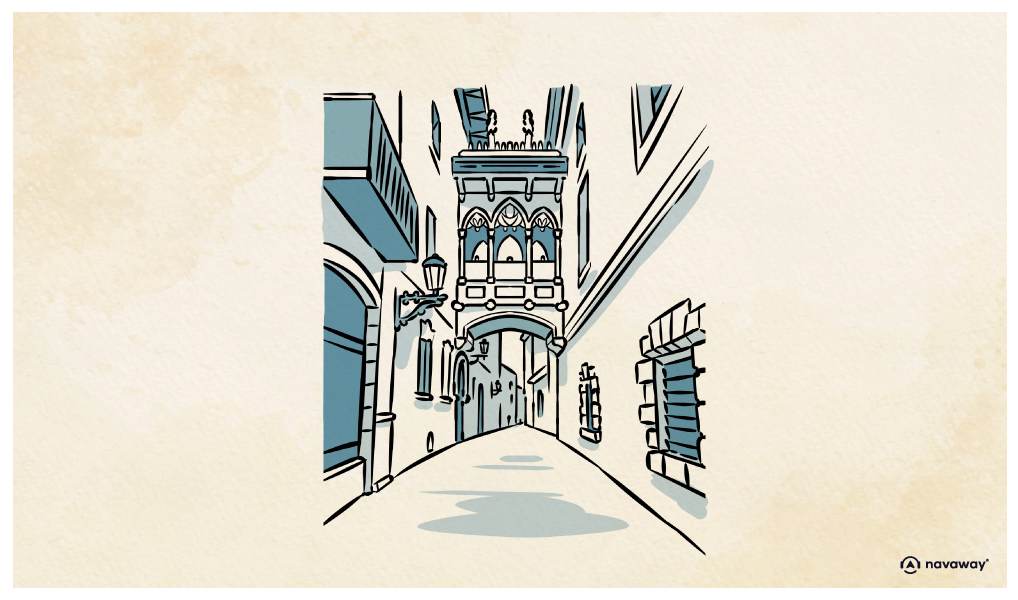
This point of interest is available as audio on the tour: Visit Barcelone, La belle catalane
We’re now on “Carrer dels Banys Nous” street, which used to run along the outer edge of the Roman wall. Its name translates to “New Baths”, referring to the old public baths founded here in 1160, when water was abundant in the area. The building was inspired by Arab baths, and built with Romanesque techniques and decor. The bathhouse stood here until its demolition in 1835. If you step into the shop at number 10, you can see the well-preserved remains of a 12th-century bathing room. This is a typical street in the Gothic Quarter — a historic district that, despite being a city highlight, isn’t all that Gothic after all. It stands on the very site where Emperor Augustus founded the Roman colony of Barcino at the beginning of the 1st century. Fragments of ancient temples and parts of the once-mighty city walls are scattered throughout the area. Before becoming one of the most important port cities of the Mediterranean, Barcelona was briefly conquered by the Muslims, who then controlled much of the Iberian Peninsula. This maritime power, developed in the 13th and 14th centuries, allowed the city to flourish with beautiful Baroque and Renaissance buildings. Ironically, many of the genuinely Gothic features in the historic centre were torn down to make way for the Via Laietana, a major street, in the early 1900s. Today’s Gothic Quarter came from an early 20th-century architectural vision, beginning with the construction of the cathedral’s neo-Gothic façade. The term “Barrio Gótico”, meaning gothic quarter, was first used in 1911. Although, it created a divide between those who wanted all the buildings to look similar for style purposes, and those who favoured the preservation of historical heritage. However, the project was finally approved. The area around the cathedral was “Gothicised” to celebrate the city’s glorious past and recreate its splendour. Gothic features were added to windows, architecture pieces salvaged from the Via Laietana demolitions were reused, and some buildings were relocated to create the desired effect. This area, full of history and heritage, has been shaped by humans, rather than time.

Discover other tours to visit Barcelone

Discover Barcelone with app
An interactive guide through the most beautiful streets, squares, and districts
26 fun audioguides full of historical facts, anecdotes, and legends
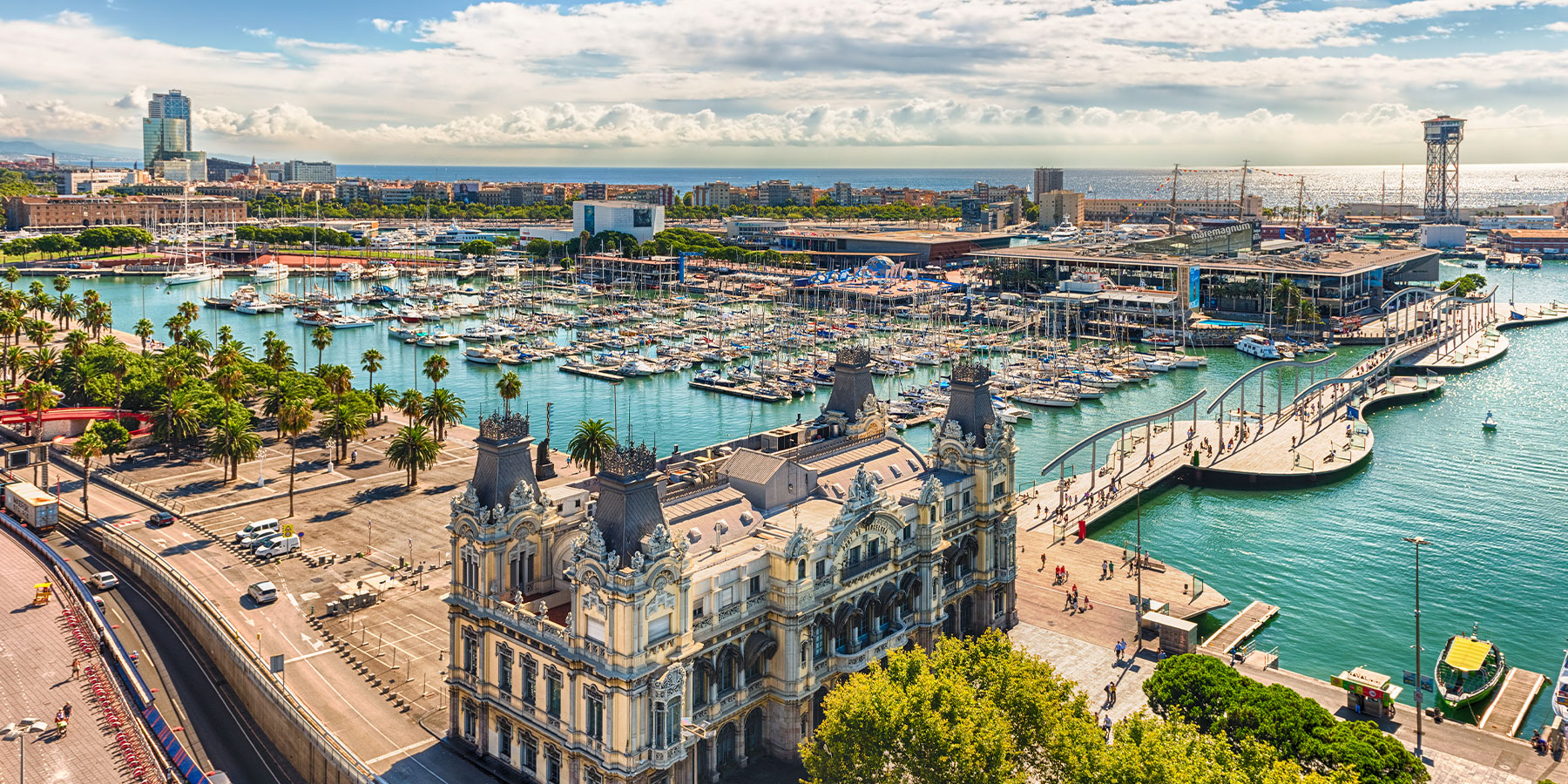
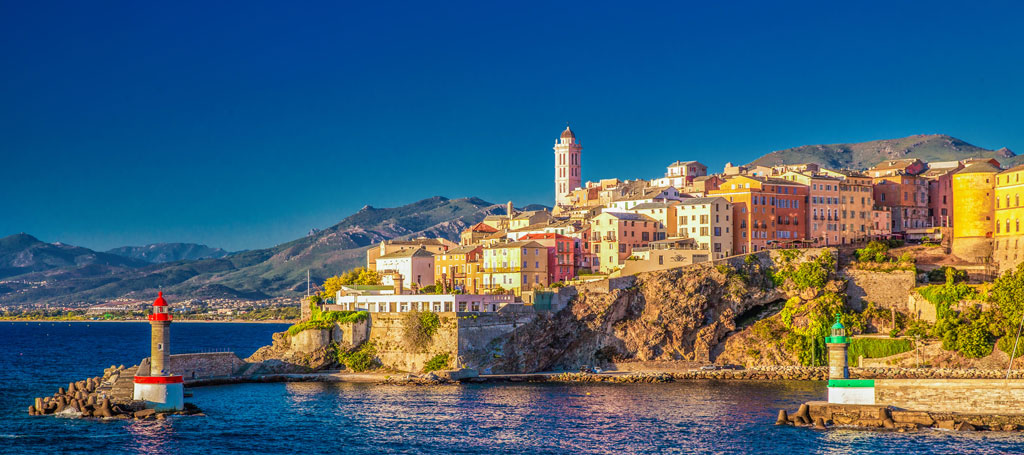
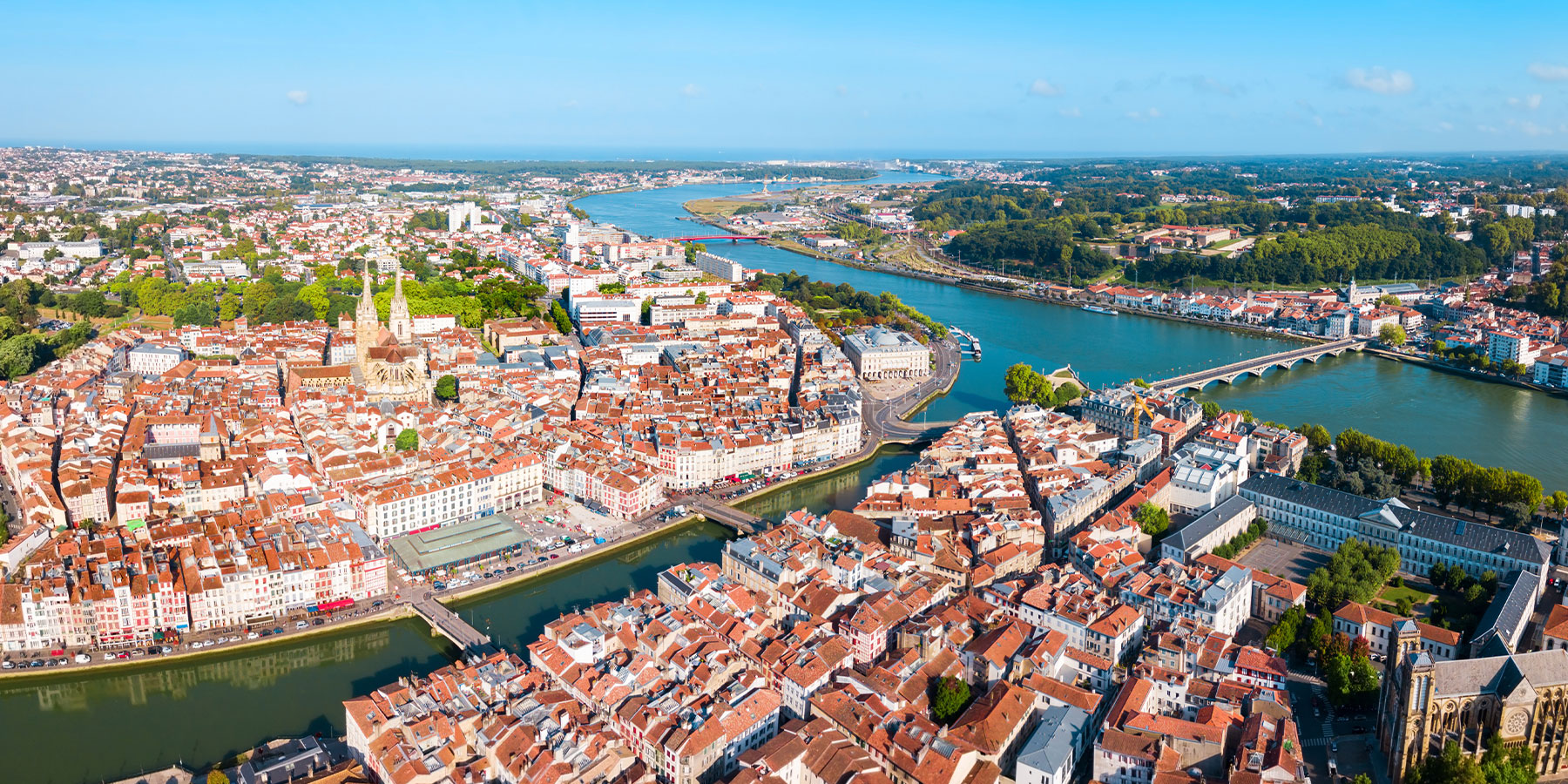
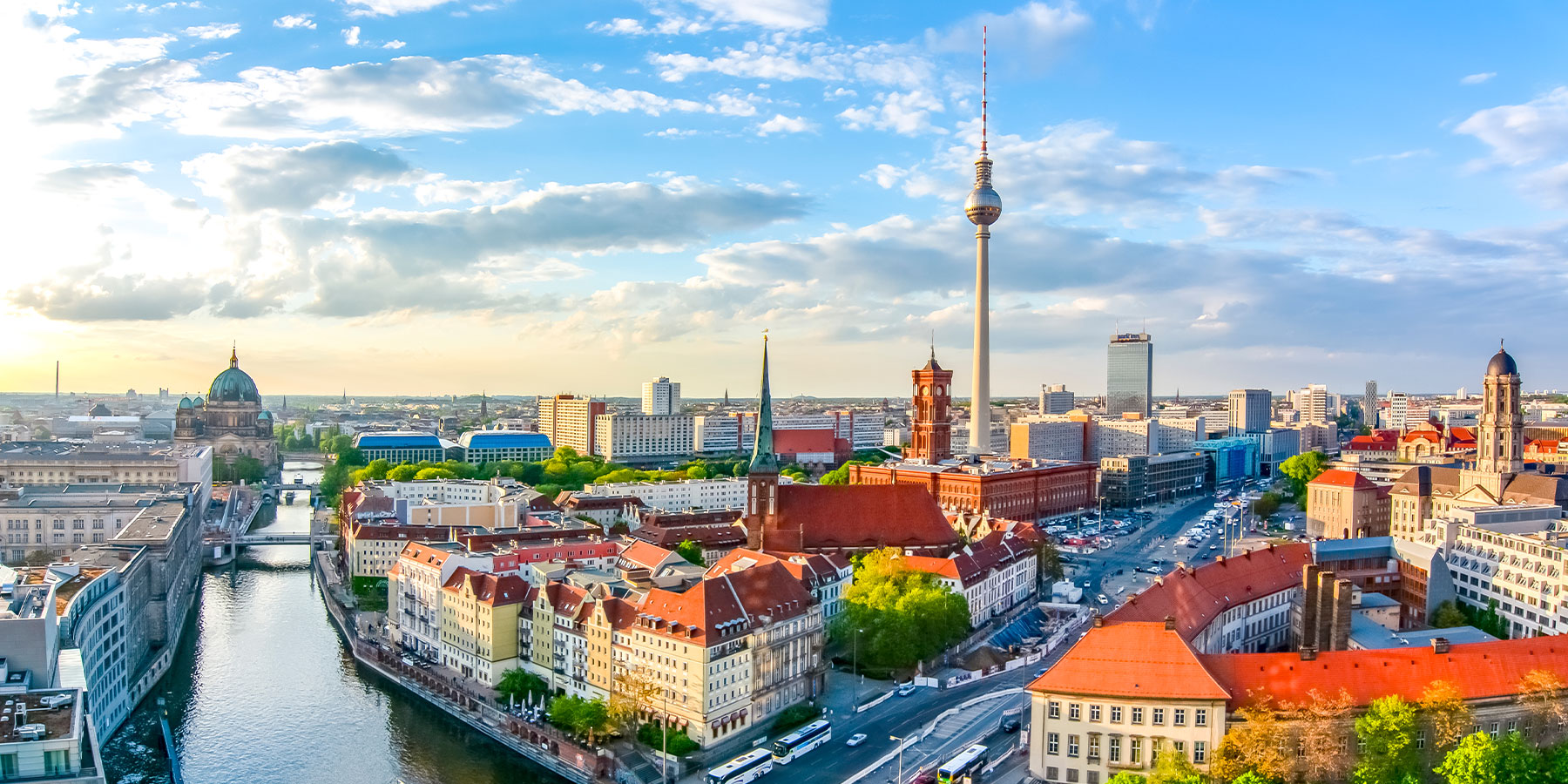


Comments